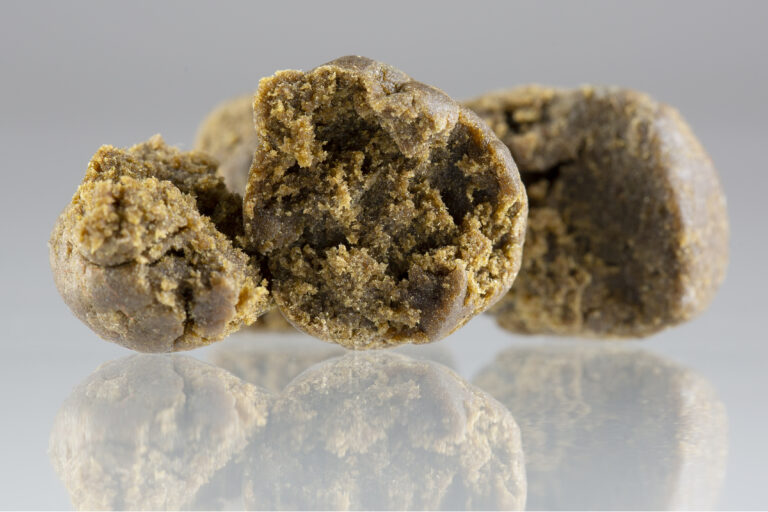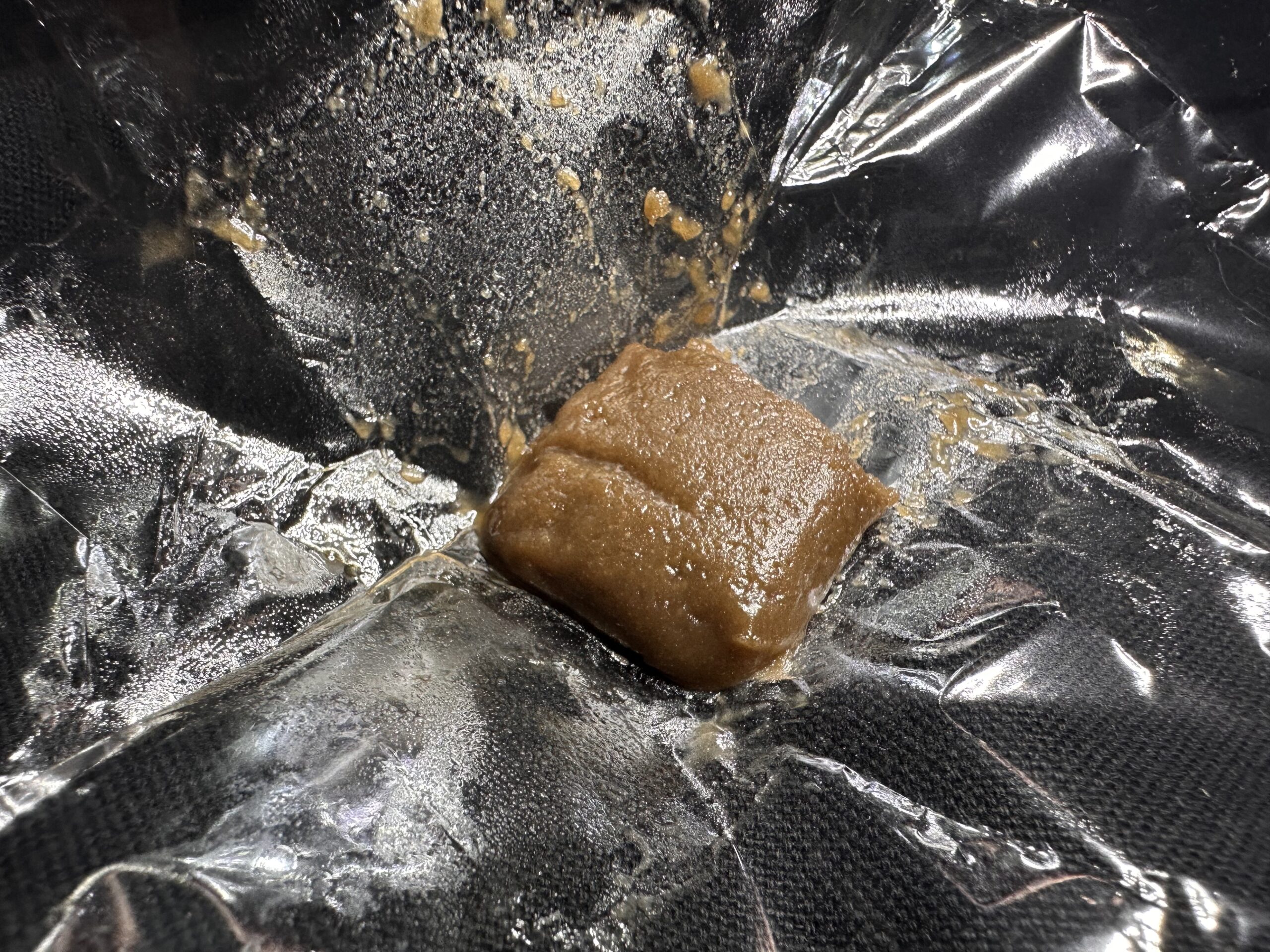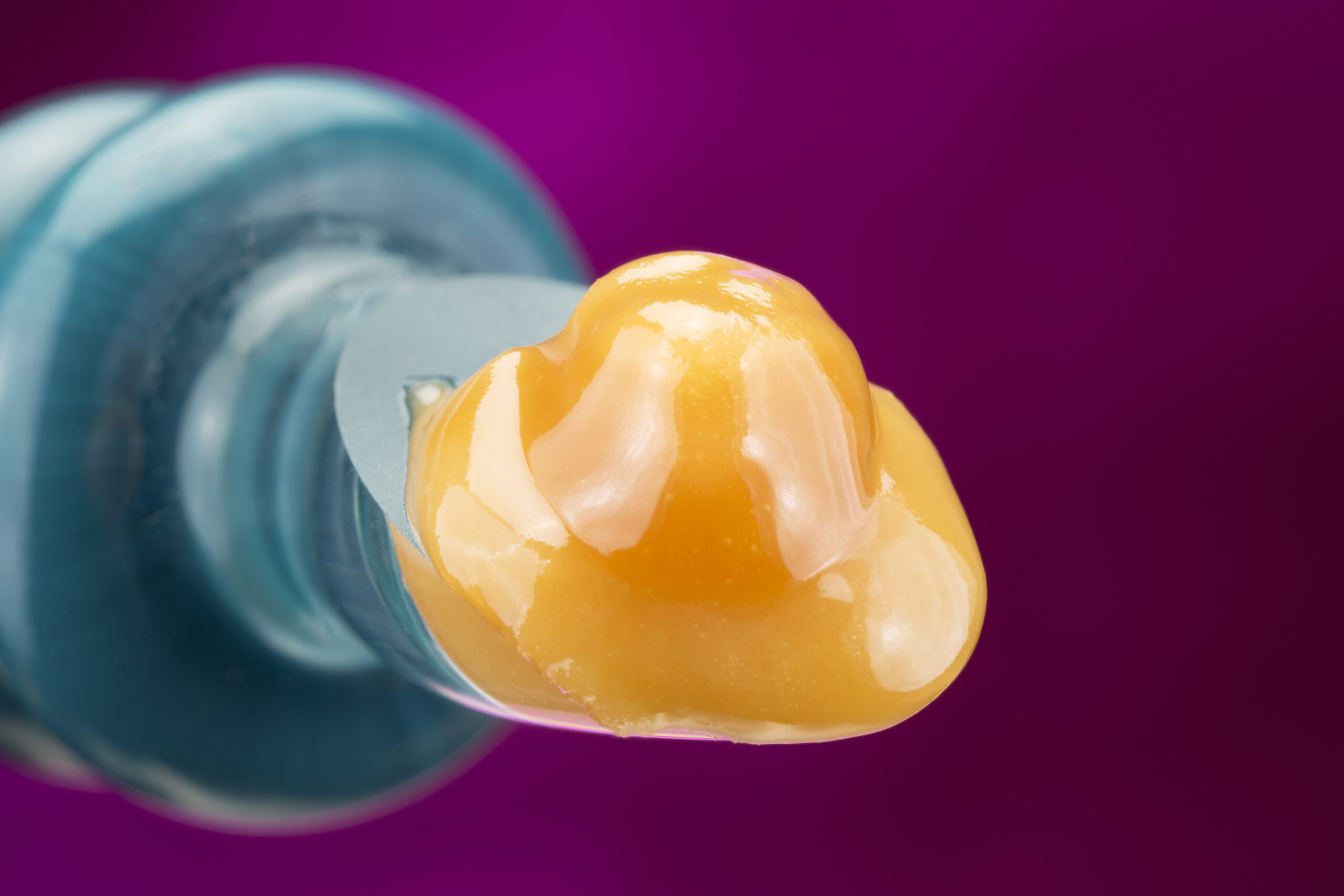From budder and shatter to bubble hash and honey oil, there are many different types of cannabis concentrate. Yet another type of concentrate is charas, the Hindustani word for hash. In this article, we'll journey to India to trace the origins of charas and share what you need to know to make charas.
What is charas?
Charas is a type of handmade cannabis concentrate often confused with hash. However, there is one key difference between charas and ordinary hash: charas is made from a live cannabis plant, whereas hash is made from dead, dried cannabis plant material. Like all cannabis concentrates, charas is made from the resin of the plant.
 Photo by: Gina Coleman/Weedmaps
Photo by: Gina Coleman/WeedmapsImage lightbox

The concentrate is popular in Pakistan, Afghanistan, and Nepal, but is most often associated with India, where it has been used for religious and medicinal purposes for thousands of years. The Parvati Valley in Northern India is a prime spot for the production of charas. Situated in the state of Himachal Pradesh, the Parvati Valley is also famous as the place where the popular Kush strains originated.
Is charas legal in India?
Though Indian charas has a ritualistic history in Hinduism — legend has it that the lord Shiva would retreat to the mountains to savor a smoke — the production of charas is illegal in India. Despite the prohibition, many people in India continue to make and enjoy the cannabis concentrate. In fact, charas is an important cash crop for many communities in the Himalayan region of Northern India.
What does charas smell like?
Some users describe charas as having an earthy scent mingled with smoky overtones. Notes of fire and ash may also be detectable in the charas scent profile, which resembles that of other cannabis concentrates. While some may find the aroma pleasing, others prefer sweeter scents without the musky and skunky elements.
Can you eat charas?
Though charas may appear edible, it is not a good idea to consume this cannabis concentrate. Smoking is the recommended way to enjoy charas, as the potent THC cannabinoids will activate during the heating and vaporizing process.
How can you make charas?
 Photo by: Gina Coleman/Weedmaps
Photo by: Gina Coleman/WeedmapsImage lightbox

You can learn how to make charas if you are willing to get your hands a little dirty.
Materials
Live cannabis plants: Find plants that are about two or three weeks from maturity and pluck the fresh cannabis flowers. Alternatively, you may leave the buds attached to the plants and work with them that way.
Plastic container: The container will provide storage for the resin that the cannabis plants yield.
Chillum: Hindu monks have used this pipe-like device for centuries. Typically made of clay, a chillum has a conical shape with a spherical hole at one end to hold the charas. If you can't track down a clay chillum, a glass pipe is a good alternative.
Wet cloth: A wet cloth, known as a safi in Urdu, will cup the mouthpiece of the chillum, so your lips never directly touch the apparatus. Some maintain that the cloth provides for a smoother smoking experience that may be slightly easier on the lungs than a direct hit. In fact, the Urdu word safi translates as “filter” in English, indicating that one purpose of the accessory is to shield the lungs.
Instructions for making charas
- Rub the cannabis buds vigorously back and forth between your palms. Keep rubbing the plant until it stops producing oil. At this point, your hands will be sticky with black resin.
- Position your hands over the plastic container. Continue rubbing them together, creating steady friction, until the resin sticks together and falls off into the waiting container. Use your hands to work the resin into a small charas ball.
- Place the ball into the spherical hole in the chillum. Place the wet cloth over the mouthpiece, light up, and get ready for a potentially powerful high.
Which is the best hash in the world?
While charas is distinct from hash, the best hash is reputed to come from the same region as its concentrate cousin. Many who have experienced the delicacy of malana cream will argue that it is the best hash in the world. Malana cream is an heirloom concentrate made in the remote reaches of the Parvati Valley. Truly the cream of the crop in hash, malana cream is renowned for its purity, and it draws countless visitors seeking an intense psychoactive trip. But malana cream is not for amateurs, as the resin is reported to contain extraordinarily high levels of THC.
Though malana cream is widely hailed as the queen of Indian hash, kerala gold and idukki gold are close contenders. Because of their superior reputations, malana cream, kerala gold, and idukki gold are the three most expensive forms of marijuana resin sold in India.
Bottom line
Sometimes referred to as the "black gold" of the Himalayas, charas is an essential part of the local agricultural economy and has deep roots in herbalism and religion.




